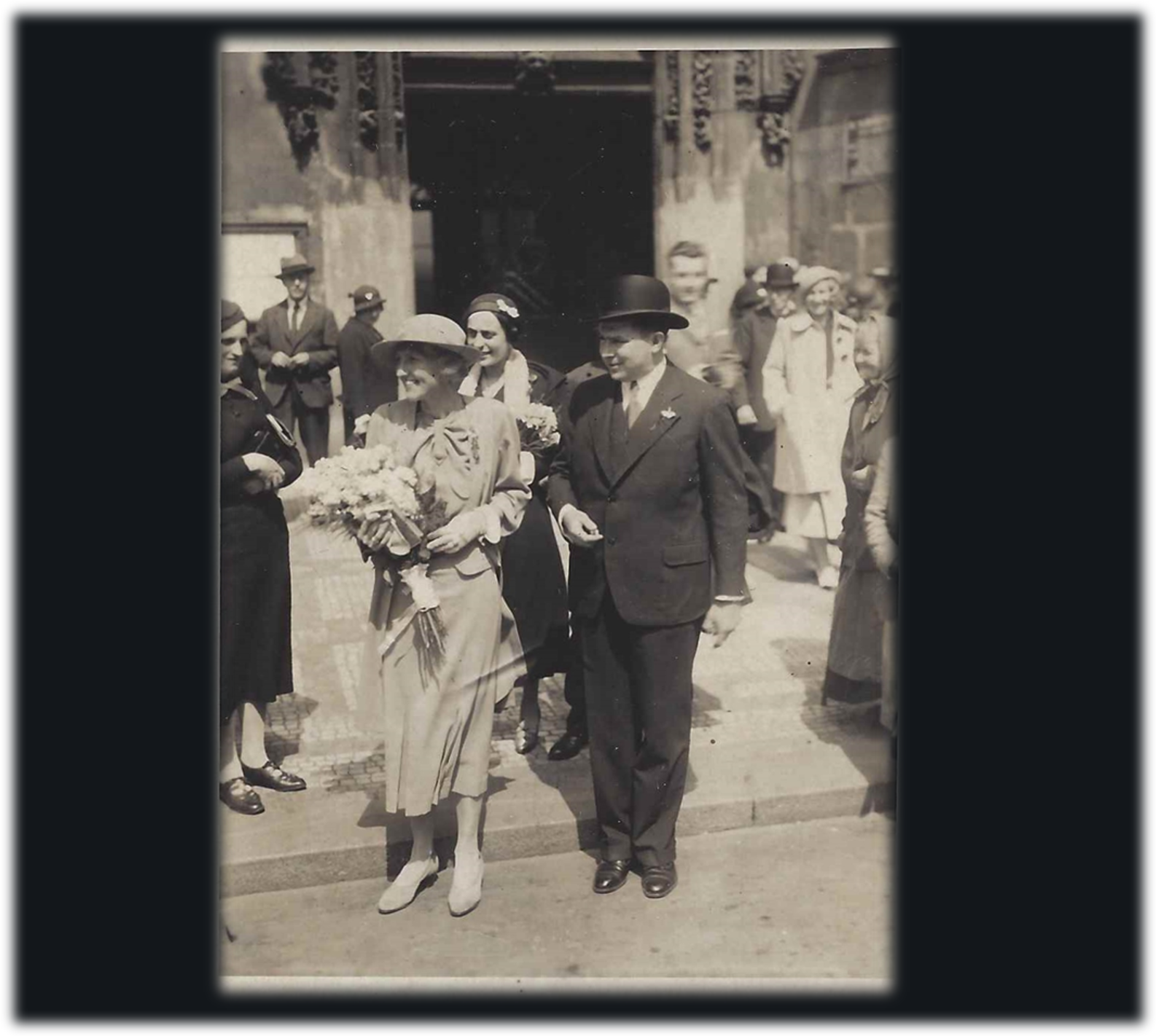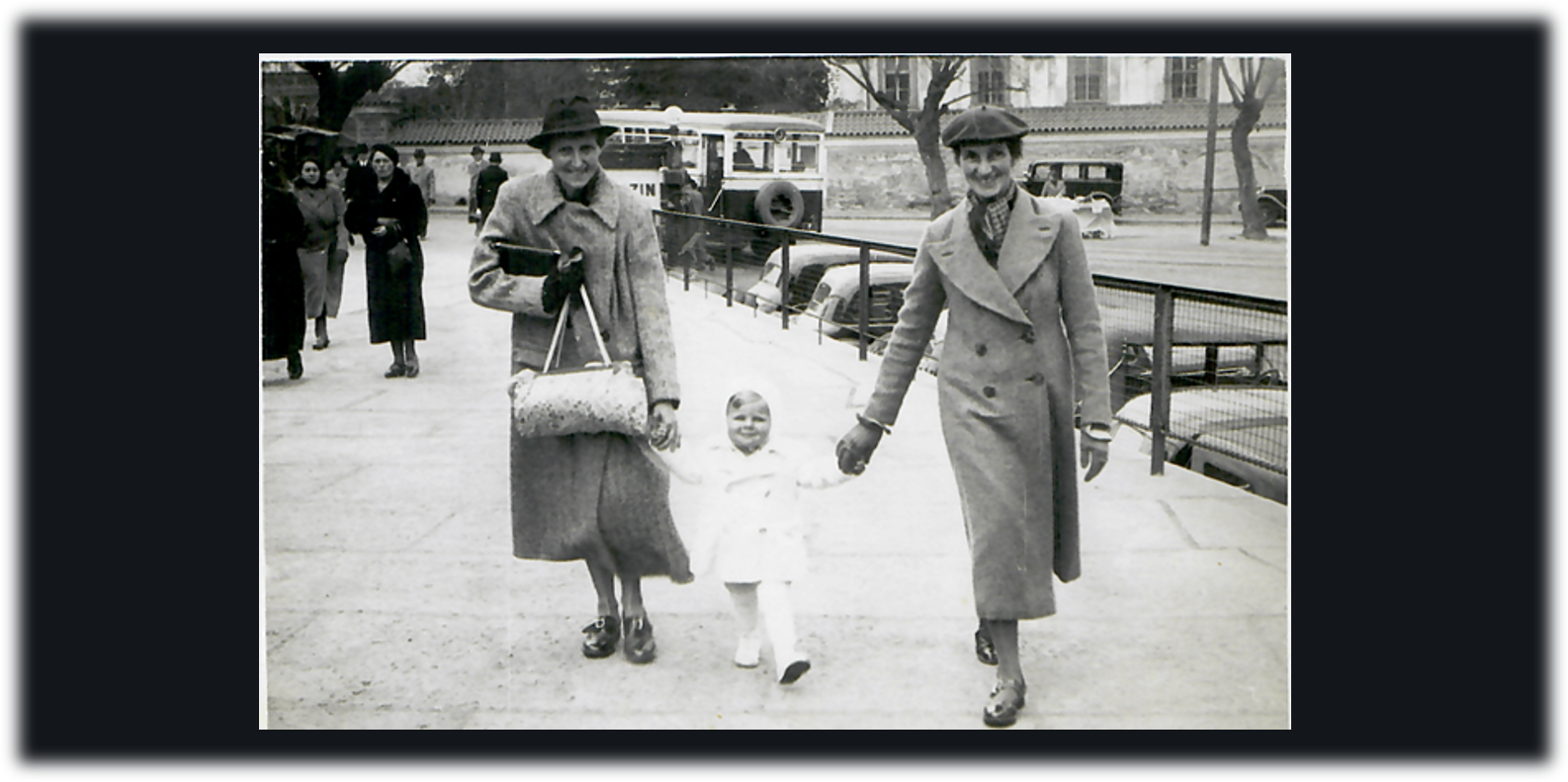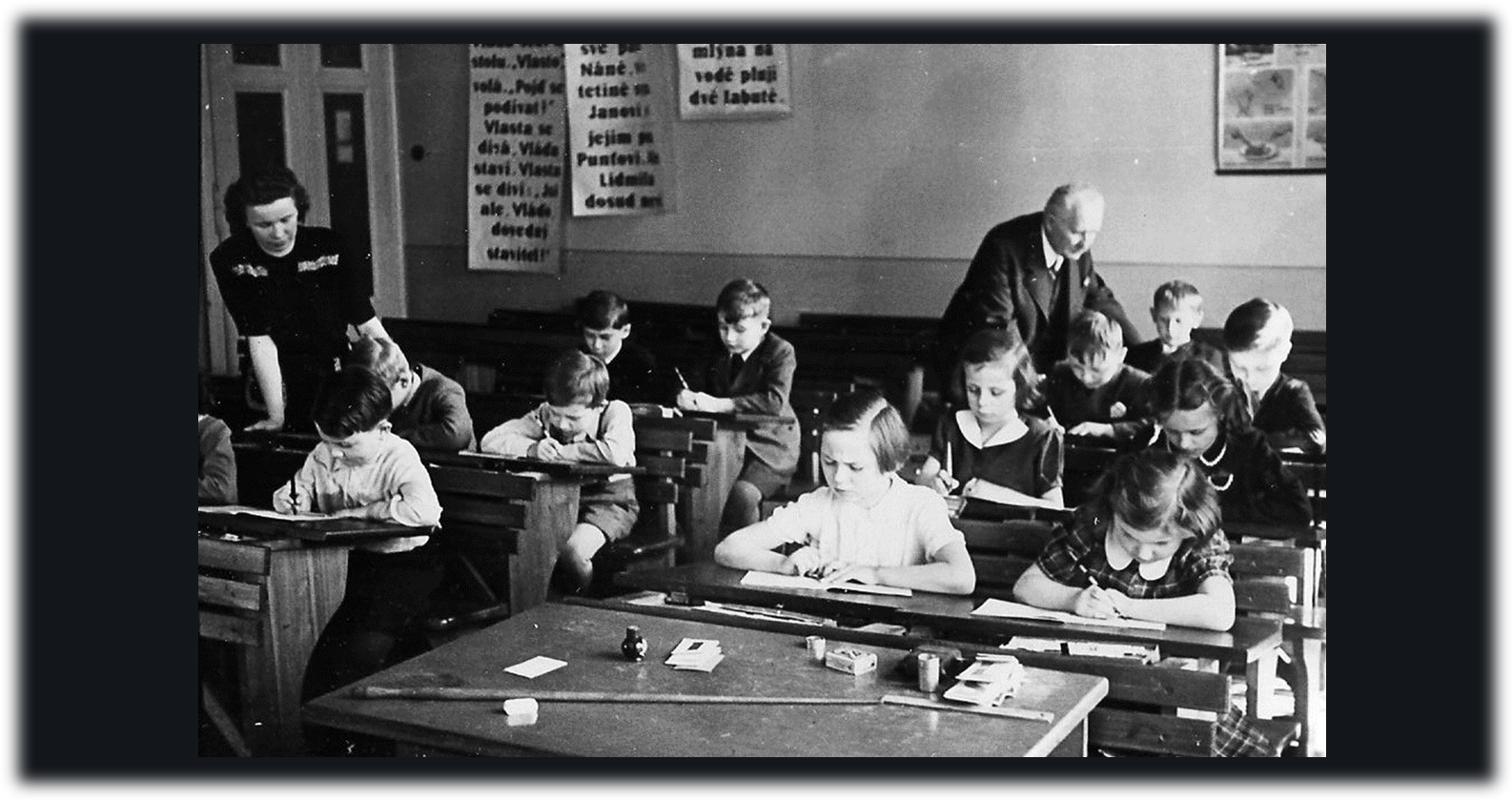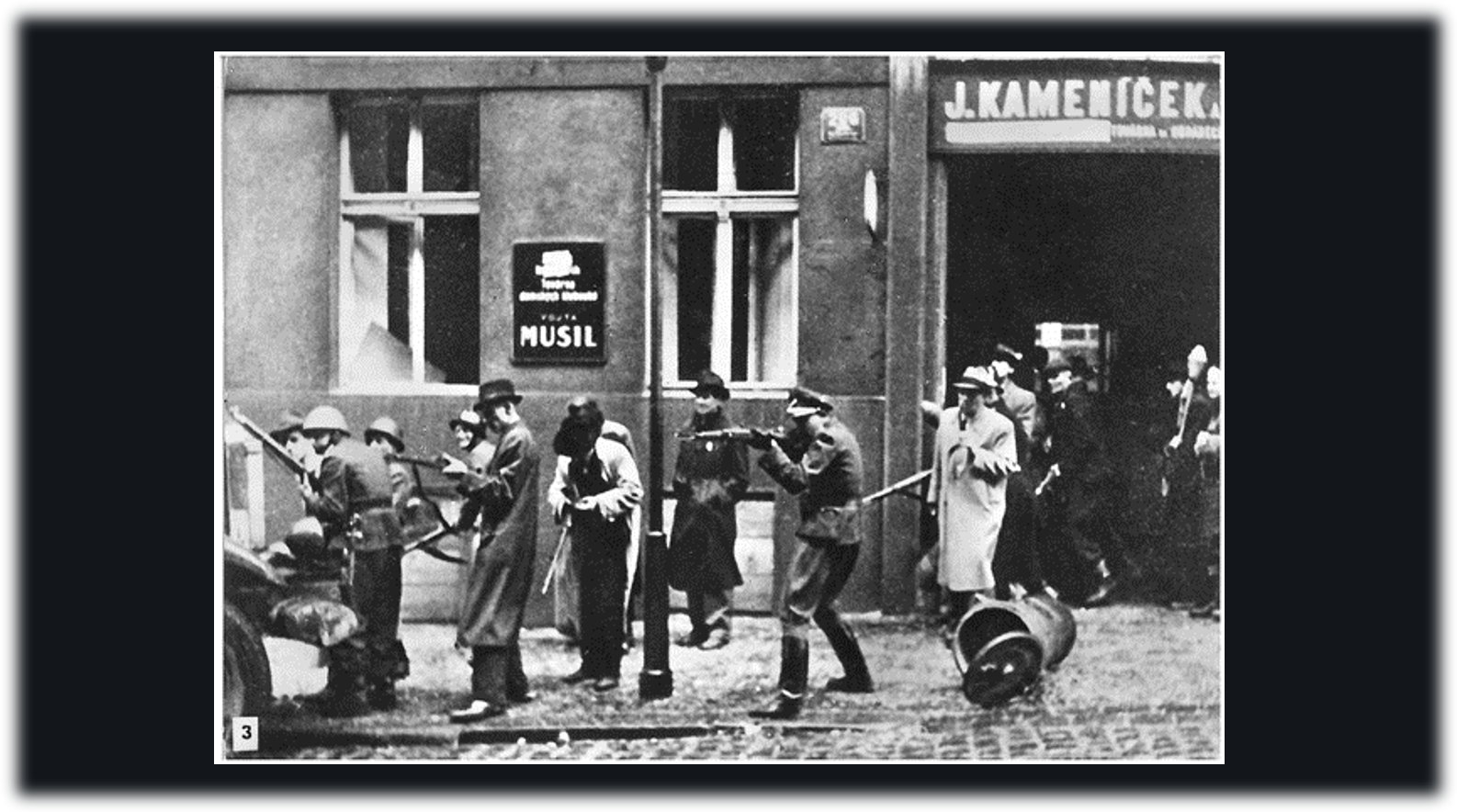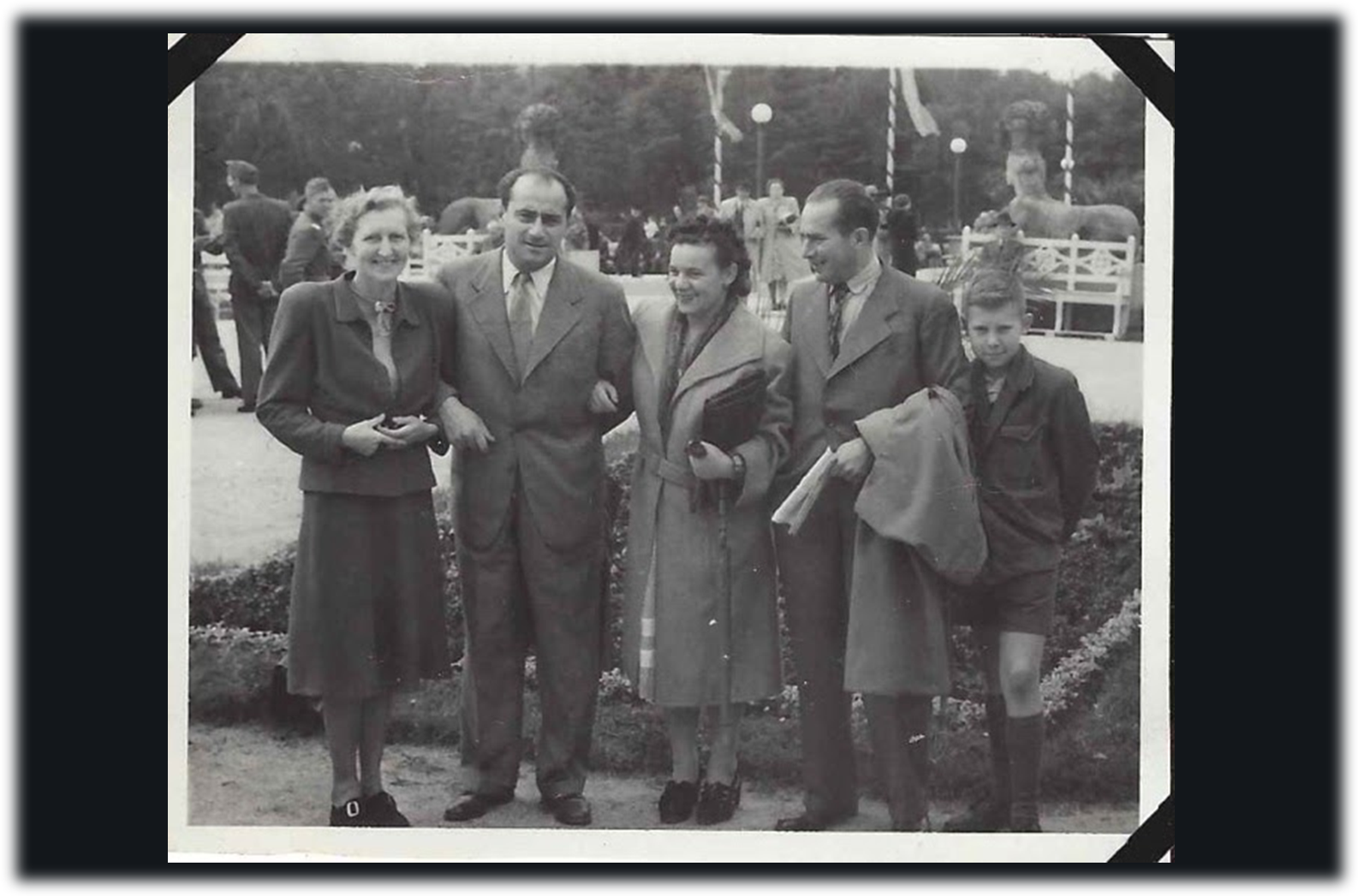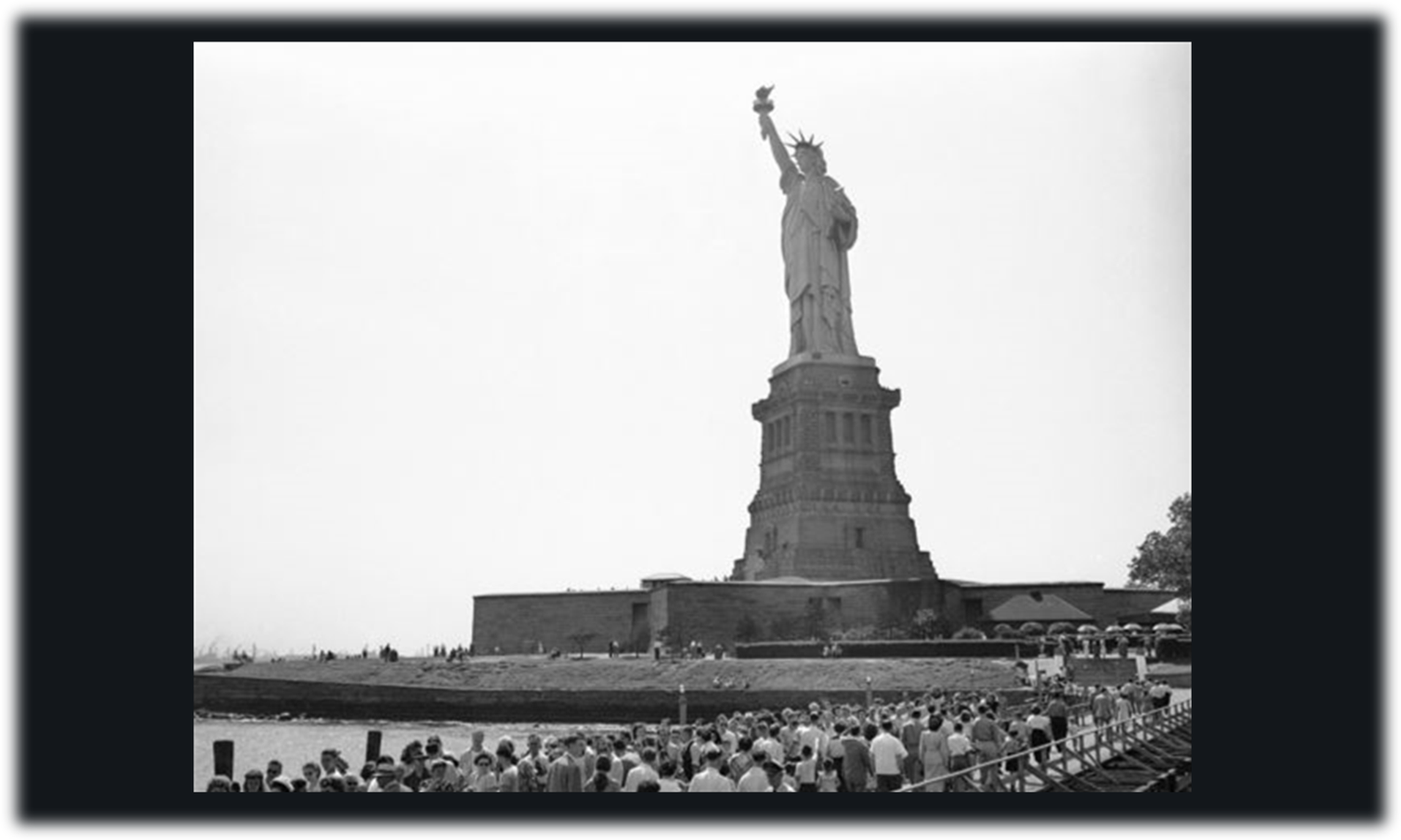An Interview with Social Psychologist Sharon Goto
Sharon Goto, Ph.D. is a Professor of Psychological Science and Asian American Studies at Pomona College. She specializes in Asian American psychology, cross-cultural psychology and issues of intergroup relations.
Kaylin Ong: Thank you today for joining us for this installment of the Seattle Psychiatrist Interview series. I'm Kaylin Ong, an undergraduate student at Pomona College, and a research intern at Seattle Anxiety Specialists. We are a Seattle-based psychiatry, psychology and psychotherapy practice specializing in anxiety disorders.
I'd like to welcome with us Dr. Sharon Goto, Professor of Psychological Science and Asian-American Studies at Pomona College. Dr. Goto has a PhD in social psychology with minors in industrial and organizational psychology and quantitative psychology, and has also published several papers within the field of Asian American and cross-cultural psychology.
So before we get started, can you please let us know a little bit more about yourself and what made you interested in studying Asian-American psychology?
Sharon Goto: Thanks, Kaylin. So happy to be here. I’ve taught at Pomona College in Asian American psychology and Asian American studies and psychological science department for over 25 years. Currently, I am chairing the Department of Asian American Studies, and I have been teaching a class called Asian American Psychology. That is one of my favorite classes to teach along with some other classes. It's been really fun to see how the field has changed across the years. I also do research and my research is generally trying to understand how bicultural individuals navigate different cultural worlds, different racial worlds, and trying to understand the psychological processes related to that. And in addition to that, I guess, let's see, my pronouns are she/her, and I have a lovely family, my husband and two daughters who are currently home right now back from college and my two adorable stray cats. So happy to be here.
Kaylin Ong: Yeah, thank you so much. So your research explores the prominent role that culture plays in self-construal. Can you explain what this means and talk about some ways you studied this in the lab setting?
Sharon Goto: Yeah, so self-construal is a way that people kind of define or think about themselves. So it's a series of different theories about that and there's been a lot of empirical work on it. And it's slightly different from the way that Freud, for example, would learn about them, the self and just sort of through introspective techniques, it's more empirically driven. So there are some theories that talk about the difference between the ought self, the ideal self, the actual self. There are some distinctions between the public self, the private self. What I'm really interested in is the differences in the distinction between the interdependent self and the independent self. In some ways that I studied or has been studied and I study as well is we look at, for example, just simple self-report, for example.
So, you could ask a person to measure the level of interdependent self-construal. How important is it to include other people when you're trying to make a decision for independent self-construal? It's really important for me to make decisions on my own, agree, disagree, how much agree to that. So that would be different ways to tap those using self-report measures.
And the reason why it's such a big deal to look at interdependent independent self-construal when you're looking at cross-cultural research is because it actually predicts a lot of variance in behavior and attitude. So it really turns out to be super important when you're looking internationally, globally as well as within a particular culture. And there are also more experimental ways to understand self-construal, like using electrophysiological measures and trying to understand the way the brain is processing information differently based on their cultural orientation of interdependent versus independent self-construal. So it's not alone. There are many people who have come before me. It's really, I think, a super interesting construct that has really stood the test of time.
Kaylin Ong: Yeah, that sounds really interesting. I think cross-cultural psychology is such an interesting field and has so much depth. So yeah, thank you so much for sharing. So on that, cross-cultural research often uses the phrase collectivist versus individualist to talk about, for example, cultural differences. Can you explain what these two terms mean and also give some examples of how this might manifest itself in human behaviors and attitudes?
Sharon Goto: Yeah, so if you're not familiar with the terms independent and independent self-construal, you might be familiar with the terms collectivism and individualism. So that's probably a more well known, maybe more interdisciplinary approach. It was probably one of the entrees into psychology about how culture was first studied. And it does look at the amount of importance the group carries over the individual. So collectivism is more cultural level and individualism is more cultural level or aggregates of people level constructs. So groups of people can be more collectivist in nature, more group oriented or more individualistic in nature or more self-oriented or individually driven. And it turns out some important things are, for example, the way that rewards are distributed. It's very interesting. It varies very much by collectivists versus individual orientation, for example, in terms of how people think reward distribution is fair or not.
So, for example, collectivists might be very happy if rewards are distributed equally within your group. So, everyone gets $5 and that feels good. Versus individualists might tend to be more what's called equity based. So, they want to earn their money, so they're really okay if some people that do more work get $10 and other people that don't do the work get $0. So, it's a different way of distributing and a different way of really defining what is fair. And it's really interesting that the very notion of what is fair is actually culturally driven and understood by collectivism versus individualism, for example.
Kaylin Ong: Thank you. I had a quick question. So collectivist versus individualist. I think a lot of the times I've associated, for example, collectivism with East Asian cultures or just eastern cultures in general, and then Western cultures are a little bit more individualist oriented. Would that be correct or accurate to say?
Sharon Goto: Yeah, so there have been a lot of studies that have done, starting with Hofstede’s original studies, looking at the amount of collectivism versus the amount of individualism in different nations. And you're exactly right. So East Asian cultures tend to be more collectivists and less individualistic. And Western European, North American cultures tend to be more individualistic and actually more individualistic than basically the entire world. So very much outliers. And I do want to say that although it's important to understand the idea of individualism and collectivism at the aggregate level, there's analogous to interdependent and independent self-construal at the individual level. So collectivism tends to be comprised of people that have high interdependent self-construal individualism tends to be comprised of people that have high independent self-construal. But it's also really important that you have that distinction because just because you're in North America doesn't mean that you're necessarily individualistic. You could have very strong interdependent self-construal tendencies as well. Does that make sense? So it really allows for that's not just so essentialized that you really do have a broad representation.
Kaylin Ong: Oh, thanks for the clarification. Okay, next question. So, one of your most recent publications focuses on cultural priming effects on the N400. Can you explain for our listeners what the N400 is and why it's been an essential component of your research?
Sharon Goto: Yeah, so the N400 is like a time locked event related potential. So basically what you do is you attach these fancy electrophysiological equipment to the scalp, which people have probably seen. And based on surface level activity, you have some insight in terms of the brain processing, the neural processing that's going on. So basically, what we do is show you stimuli and about 400 milliseconds afterwards, you are getting some gauge of semantic processing, which is the amount of sense making a person is doing.
So, for example, if I were to tell you ‘The boy gave his dog a bone.’ Okay, that makes good sense. Versus, ‘the boy gave his dog a bugle.’ That's a little bit more confusing, and there's probably a little bit more processing that's going on to make sense of that. So it turns out that the semantic processing of information can vary by culture, and it's a more dynamic way to understand cultural differences, particularly for example of bicultural people who might move in and out of different cultural frames. It's also very sensitive, and that's why we have tended to use it in our lab.
Kaylin Ong: Right. That's very, very interesting. So in your lab, do you collaborate with the neuroscience department or neuroscience students, for example?
Sharon Goto: Yes, absolutely. So our lab is called the Cultural Race and Brain Lab, and I'm one of the professors and also Professor Richard Lewis who has an appointment in neuroscience. And our students are a combination of people that are in Asian American studies and psychological science and in neuroscience, all interested in culture and the brain.
Kaylin Ong: Oh, great, thank you. So, you've briefly studied the role of discrimination on the mental health of students of color, and as a professor with a background in organizational psychology, how do you see your findings as being relevant today?
Sharon Goto: Yeah, that was an interesting sort of study that I had done with a student actually as a senior thesis at Pomona College. Pomona College students are amazing. So it's been known that discrimination is a stressor and it leads to negative mental health outcomes. And what we wanted to do is we wanted to look at the mechanism for that. So we were wondering if one of the mechanisms of being in a stressful organizational setting, so either educational or workplace setting, if that would lead to more psychological distress. And if the mechanism or the reason why that might be the case would be what's called depletion of self-control.
So, the idea is self-control. There is a limited amount of self-control we have. It takes energy to maintain our self psychologically and physiologically. And whenever there's a stressor, it kind of depletes it a little bit, and one of those stressors could be consistently being in a hostile environment or an environment where you have to be wary. And what we showed empirically is that, yes, for students of color being in a psychologically stressful environment, for example, a classroom setting in a predominantly White institution can lead to psychological distress. And the mechanism for that is depletion of self-control.
So, self-control is really interesting because you could also learn to build it up a muscle, you could exercise it, but at a particular time you're using a lot of energy, if that makes sense and that's why you have the depletion.
Kaylin Ong: That makes a lot of sense.
Sharon Goto: So yeah, I think that's particularly relevant now with the racial tensions and it's definitely whether you're in education in the classroom or in the workplace or whoever it might be, if you're in a setting where you're thinking about these issues, you're worried about issues related to discrimination, then it's probably taking a little bit of a mental toll and cumulatively it could have a negative effect on your psychological distress.
Kaylin Ong: And the next question I think is a little bit related to that. So why is cultural diversity important in the workplace setting? And have you done any sort of research on this topic as well?
Sharon Goto: Yeah, so that's one of the reasons that I really got into this area, just looking at the demographics, I understand that workforce diversity, just diversity in our society in general is only going to increase. And to pretend it's not is just probably not the most productive way to go. So, counter to what some of the recent Supreme Court decisions have been that have made decisions against the role of affirmative action, there's a really long-standing tradition of empirical tradition: understanding that diverse work groups do better in many ways. They come up with more creative solutions. If you have enough time to work together, people are very satisfied with their interaction within a diverse setting. There's really fantastic outcomes that come to play. So it's really, really super important.
And although I haven't done research looking at, for example, diversity and group performance for example, I do indirectly look at it because I'm looking at how bicultural individuals might interact or be in a workplace with culturally different or racially different others. And I'm trying to work from a model where it's not necessarily an assimilationist model. So, where you have to become completely like those people in the workplace that you're seeing, shed your language, shed your cultural values and shed your cultural behaviors. But rather what are ways that those cultural differences benefit the workplace and what are ways that being different from others can be enhancing and not self depleting? So that's what I do.
Kaylin Ong: I think especially as a student, and obviously Pomona College is a very liberal institution and it's very, very diverse and I feel very grateful to be surrounded by just such a diverse crowd and so many diverse students of color. But yeah, I think just because of the affirmative action and just the recent events, I mean, I guess surrounding that and the dialogue, I feel like it's particularly relevant today for students.
Sharon Goto: Yeah, it's really interesting. I mean, there really is a trickle-down effect in terms of the way people think about each other and what their goals are. And so I'm really hoping that this time is a time where people just really keep the conversations and communications going.
Kaylin Ong: So it's clear that the COVID-19 pandemic has had profound impacts on mental health across the globe and research states that Asian Americans in particular have been affected by the pandemic more than other racial groups. And so I wanted to ask you, in what ways have they been affected more and how would you potentially explain this finding?
Sharon Goto: Yeah, so I am a little bit less interested in the comparative experiences of the COVID pandemic across different groups, but I have seen a lot of research that was looking at the effects of the pandemic on Asian Americans in particular. And you really do see faring worse during and after the pandemic. So it's really due to health related stressors, economic related stressors, social stressors, like racial discrimination and the pandemic, that physiological, everything is a stressor that has affected, in particular, some people within the Asian American community more than others. So I think those are just things that need to be looked at more carefully.
Kaylin Ong: I think the social determinants of health in particular are very, very interesting and sometimes they get overlooked. And so I also wanted to ask a follow-up question. Do you consider, for example, historical trauma at all and in your research, or I guess what is your take on that in implementing a broader scope of history and the historical traumas or generational traumas that Asian Americans have faced?
Sharon Goto: Yeah, I think that's something that is really so important. It's actually one of the reasons why I got into this area in the first place. I was really taken by my Asian American psych class as an undergrad that Stanley Sue taught and really wondering within my own personal family, what would be the negative impacts of internment, which my parents had both faced in terms of long-term consequences.
I haven't looked at it directly as a research question, but some people have Donna Nagata and University of Michigan, and I think empirically you're seeing it more and more in research. I would love to adopt some frameworks and some theories about it. What's really interesting is we just finished a study looking at older adults and help seeking within the Asian American community. So it's a community based sample. We're wondering about how the COVID related incidents, both due to the virus and also due to increased racial discrimination and violence really has affected older adults, and in turn, whether or not and how they help seek or not.
What was really interesting is yes, so there was some reluctance, some stigma as you might imagine, but also people would come up to us after and they would say things like, "Our community," or, "I've been through so much before that this..." They wouldn't say is nothing, but, "I know I can make it through this." So it was really personal testimony and resiliency that I wish that... Maybe it will be our next study. I thought it was so very interesting. It wasn't outside the kind of questions we're asking, but you could really see it as the strength of the community.
Kaylin Ong: No, I think that's a very, very interesting topic because I'm also Asian American and my grandparents, they lived through the Great Depression, they're very old now. But they were saying very similar things where it's like they've been through a lot and they're very, very resilient and it's just unlike anything our generation has experienced. And so that difference in generational knowledge and generational experience and also help seeking behavior and health seeking behavior is very, very interesting to me just because I feel like there is a fine line between older individuals who are reluctant to seek help even when they may need it. And so it's just that line between they're very resilient, but at the same time, I feel like more outreach maybe needs to be done, especially because the pandemic has affected older populations, especially my grandparents and my great aunts and uncles who are still around. So yeah, it's very personal, but very interesting.
Sharon Goto: Yeah, yeah, very personal, very interesting and really super important. So there's more people that do this kind of work. We always need more people to do this kind of work.
Kaylin Ong: Yeah, it's very, very interesting to me. So my next follow up question, it's pretty general. What can be done to potentially address the declining mental health of Asian Americans throughout the pandemic?
Sharon Goto: I mean, think it's about making sure that people have the resources that they need. One thing that we did find is that the older Asian Americans were likely to seek help from friends and family, surprisingly equally likely from law enforcement, just in case there were race-based situations, but much less so statistically, significantly less so for mental health resources. So trying to get the mental health resource piece together, it's been long standing in the community based on stigmatization and access and that sort of thing, but particularly stronger now. And what's interesting in our data, it suggests that when people are thinking about seeking help, the collectivism piece comes back. So thinking about how I am seeking help now from friends and family will help share my experiences so they will know what happens.
So the old adults in my sample, they were really thinking about younger people too, setting a good example. They're wondering if other people are going to be available and willing to listen. They're wondering about whether the police are going to be available, if they ask, reach out. They're also asking questions about the social norm around help seeking. That was also really big. So really looking differently than other samples that are less probably interdependent self-construal would probably look at our sample, which you would guess was very normatively driven, very collectively driven. So I think what can be done would be to do things like attack the problem of stigmatization, show role models of people who have sought help from mental health and have done better.
I remember in graduate school, for me, mental health help seeking was not something, not a tradition in my family that we really talked about. I remember there was a graduate student that was a little bit older than me that I really looked up to, was profoundly smart, had their act together so much, and then she would talk about how she would see her therapist, and I thought, "Ah, maybe that's the ticket."
So role modeling, more communication, more availability, more help to access the resources if they want to seek mental health. That would be a big step: resources. That would be a big step I think of in terms of, right, you could do now, right?
Kaylin Ong: Yeah, I think the Asian American community especially, there is a mental health stigma and asking for help and reaching out for help. It's definitely a barrier. And it comes from a lot of personal experience, and I'm sure you've had very similar experiences as well. And yeah, I think it's cool that it's this collective experience that we have and it's something that we can overcome together through collective help and just an increase in resources, like you said.
Sharon Goto: Yeah, absolutely. You could probably link it to one of the, again, once again, that some of the collectivist values of not wanting to be a burden on other people. If you think about a really tight group, then you know, want to try to hold your own, other people don't have to worry about you. And so, it is a little bit driven by that.
Kaylin Ong: And then moving on to our next question. So before the pandemic, what were the biggest mental health challenges typically faced by Asian Americans?
Sharon Goto: Before the pandemic, I think you would hear about differences or difficulties in acculturation or adjustment, immigration adjustment or acculturation adjustment, discrimination, racial discrimination, and also stereotyping. So having to live with one way or the other, the model minority stereotype is a big stressor on the community. So, I think those were things that would appear in the literature before the pandemic.
Kaylin Ong: Yeah. Could you elaborate a little bit more on the model minority myth for listeners who haven't really heard of that term?
Sharon Goto: Yeah. So, the model minority myth stereotype is the idea that Asian Americans, and it was originally with East Asian Americans, but also now extended to South Asian, Southeast Asian. It just is a really strong stereotype, very persistent. They are the model. They don't need anything. There's something about their culture that's special. They work hard, they don't complain. They do their work, they don't need any extra resources, they don't need any help. They figure it out themselves and they do a good job.
So on the surface, the model minority myth sounds really fantastic. "Oh, yes, I am a part of a model group." But there’s really a little bit more difficult of a read in it. So if you dig down a little bit deeper and you see when the stereotypes started to occur, I think it's not an accident. And many others think it's not an accident that it started to be more popular during the civil rights movement. So when other groups were really asking for more justice for them, so African Americans and Chicanx populations were really asking for more justice for their own situation, then, then popular media, politicians, et cetera, were saying things like, "Well, we don't need to change our structure. Our institutions look at the Asian Americans. They're doing really well." And that's really the beginning.
So, it really did then, and it does now, it really creates a wedge with using Asian Americans as a wedge group to divide people of color. Does that make sense? So, to deny that racism exists in our institutions.
Kaylin Ong: Right. And I think that goes a little bit back to what we were talking about with affirmative action. I think there's a very interesting stratification between different minority groups now, especially Asian Americans sort of being grouped with White Americans as opposed to all other minority groups in higher education. And I think that has so many implications right now. And so it's interesting to see how things come back and things are very interconnected right now.
Sharon Goto: Yeah, I think that's a really good point. So yeah, with affirmative action stuff now in educational settings, you have to, and it's really been a rough place for Asian Americans to continue to build their coalition among Asian Americans, because yeah, the umbrella of Asian Americans are very diverse, different ethnicities, different languages, different experiences within educational settings. And so I think particularly if you think about in workplace settings, extending that to workplace settings, and all of a sudden it's all gone in terms of the model minority and everybody and needs a little affirmative action. I know that I benefited very much from some mentorship that was based on race. Yeah.
Kaylin Ong: Very interesting issues.
Sharon Goto: Yes, yes.
Kaylin Ong: All right, so just wrapping up, do you have any other advice or anything else you'd like to share with our listeners today?
Sharon Goto: Well, Kaylin, I wanted to thank you for really doing your research, asking really super good questions and bringing this important topic out to people that might be listening or thinking about these issues or maybe wanting to know a little bit more, benefiting from a little bit more. So thank you for that. My message would be that our communities are really rich. There's a lot of strength in our communities and in our families. And so I think the best thing during hard times would be to really lean into the strengths.
So if you need help from people that have always been there for you, that would be the time also to ask for some assistance. And the flip side of the coin is if you're in a position where you're seeing someone else and they may not be asking you explicitly, but you think that maybe you could share some stuff, some time just listening, maybe some advice, some resources, or just really just being there for someone. I think that would be my best advice. Very simple, every day things, just the humanity that we have for each other, I think would be, and really relying on our cultural strengths, would be the best advice.
Kaylin Ong: Yeah. Thank you so much. Yeah. And on that, thank you so much just for being willing to answer my questions and sharing your knowledge. And I think it's so important to be generous with our time and share stories and listen and whatnot. So yeah, thank you for joining me today, and I wish you the best in the future.
Sharon Goto: And right back at you. Thank you so much. Appreciate it.
Please note: The views expressed by the interviewee are for educational and informational purposes only, are not meant to diagnose or treat any condition, and do not necessarily reflect the views of Seattle Anxiety Specialists, PLLC.
Editor: Jennifer (Ghahari) Smith, Ph.D.
